

Damion Smy
Suzuki Fronx recalled after seatbelt failure sparks ‘urgent investigation’
8 Hours Ago
The Aston Martin Valhalla has been developed using a wide range of Formula 1-derived technologies. Production will start next year.

Contributor
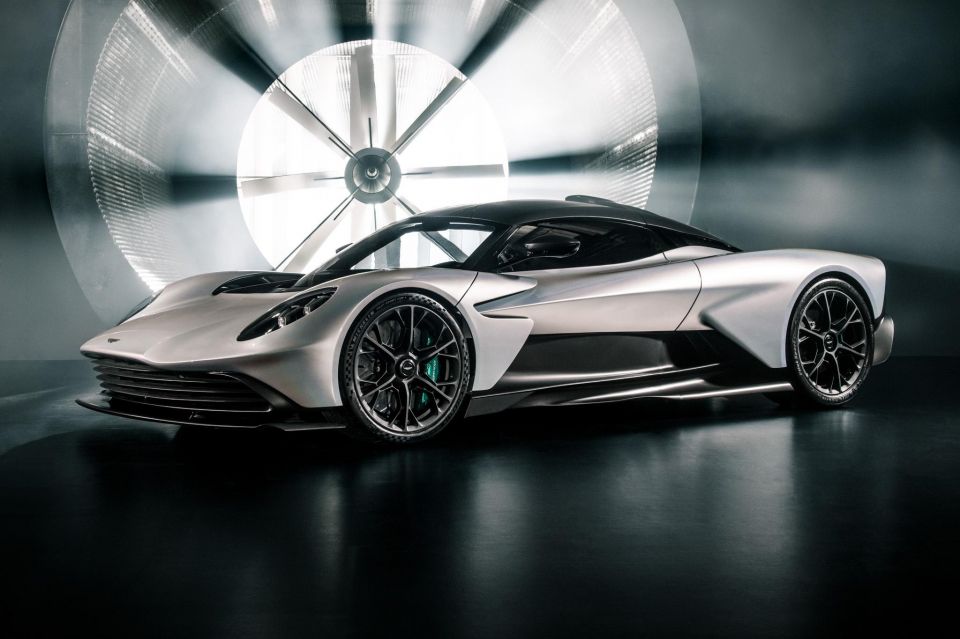

Contributor
The mid-engined Aston Martin Valhalla plug-in hybrid supercar is still a work-in-progress at this stage, with the first running prototype to hit the road later this year and production starting in 2024.
The British luxury carmaker only plans to produce 999 examples of the Valhalla, and ahead of this the company has detailed how its first series-production mid-engine supercar is being developed with the use of Formula 1 methodologies, experience and technologies.
Aston Martin claims it has been working on the Valhalla in conjunction with Aston Martin Performance Technologies (AMPT), which is a consulting arm of the Aston Martin Cognizant Formula 1 team.
AMPT has been conducting a range of simulations that assess the Valhalla’s driving dynamics to ensure it provides “unprecedented driver engagement”.
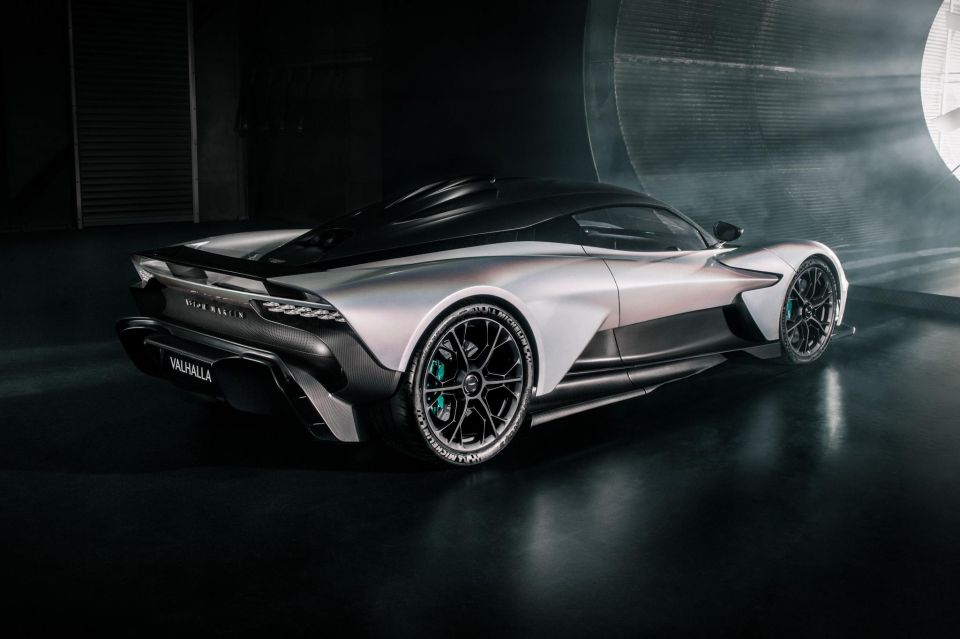
The company claims 90 per cent of the Valhalla’s dynamic characteristics and vehicle setup have been completed virtually in simulations, with the final development phase to be completed in the real world.
There has also been “valuable input” from the Formula 1 drivers Fernando Alonso and Lance Stroll.
In addition to the driving dynamics simulations, the Valhalla has been put through the same aerodynamic tooling techniques used to create the AMR23 Formula 1 racer
On the outside the Valhalla’s underbody resembles the AMR23 racer, and it also features multi-element front and rear wings that can lay flat with a DRS function.
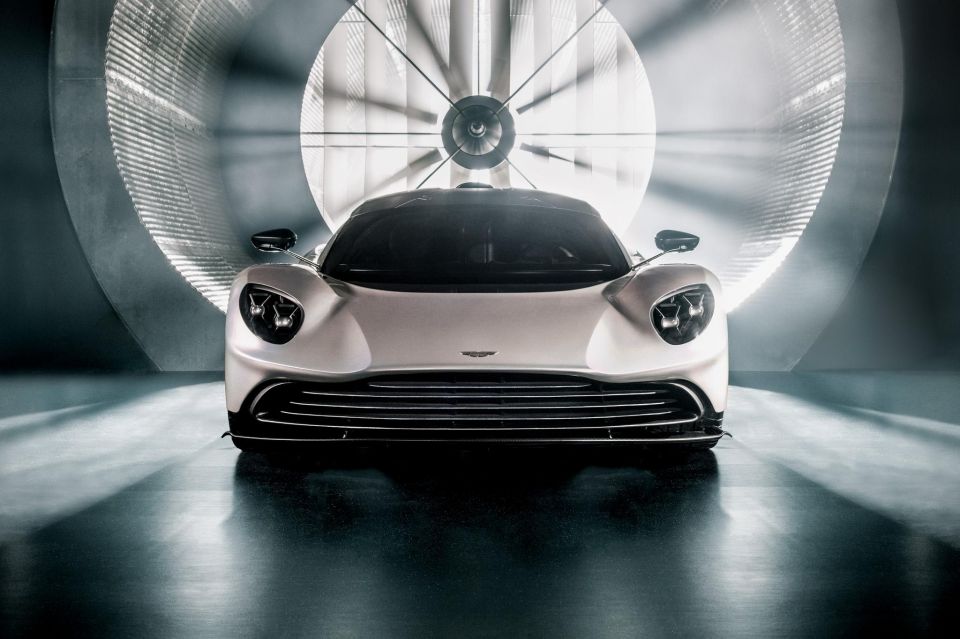
Behind the front splitter the under-floor surface is concave, creating a low-pressure area that generates downforce.
Unlike the AMR23, there Valhalla isn’t hampered by F1 regulations, which means it can benefit from a fully active aerodynamic system which can generate over 600kg of downforce at 240km/h.
Inspired by F1 vortex generators and aerodynamic features, the Valhalla has small slotted louvres on the sill ahead of the rear wheel that act as mini diffusers to pull airflow out and upwards from under the car.
There’s also a roof-mounted snorkel that feeds both the engine intake and the cooling ducts for the turbo intercoolers.
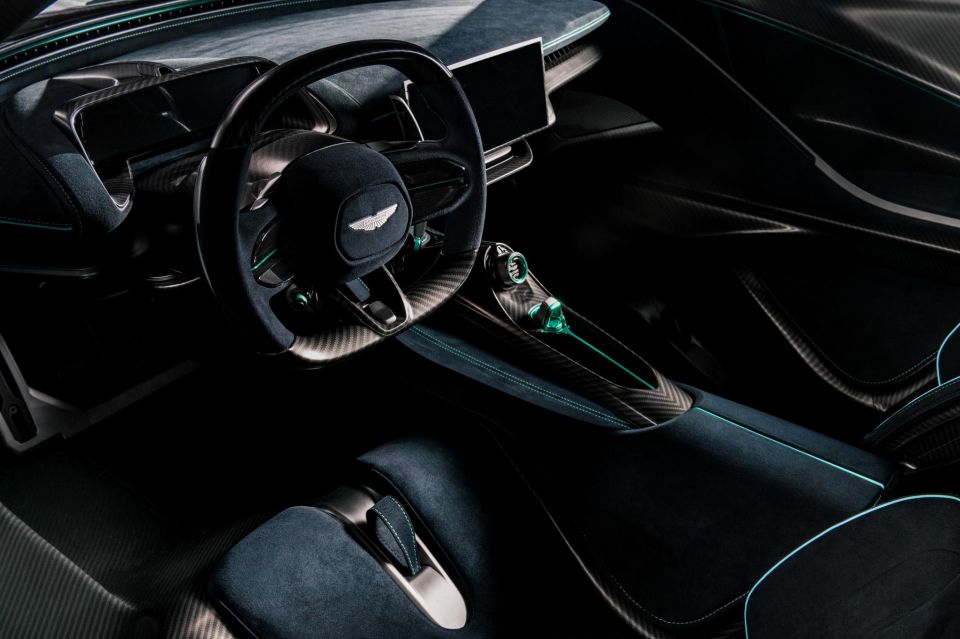
Inside, the Valhalla takes “direct cues” from Formula 1 in regard to the cockpit ergonomics.
The driver’s heels are raised by a false floor and the unique carbon-fibre bucket seat can be reclined to achieve a seating position similar to the AMR23 racer. This is claimed to “ensure the driver feels truly connected to the car”.
Under the skin, AMPT has designed and engineered the Valhalla’s composite structure. It has been “crafted to maximise stiffness with minimal weight”.
The upper and lower sections of the structure are moulded from carbon fibre using a combined of resin-transfer-moulding (RTM) processes and F1-dervied autoclave technology.
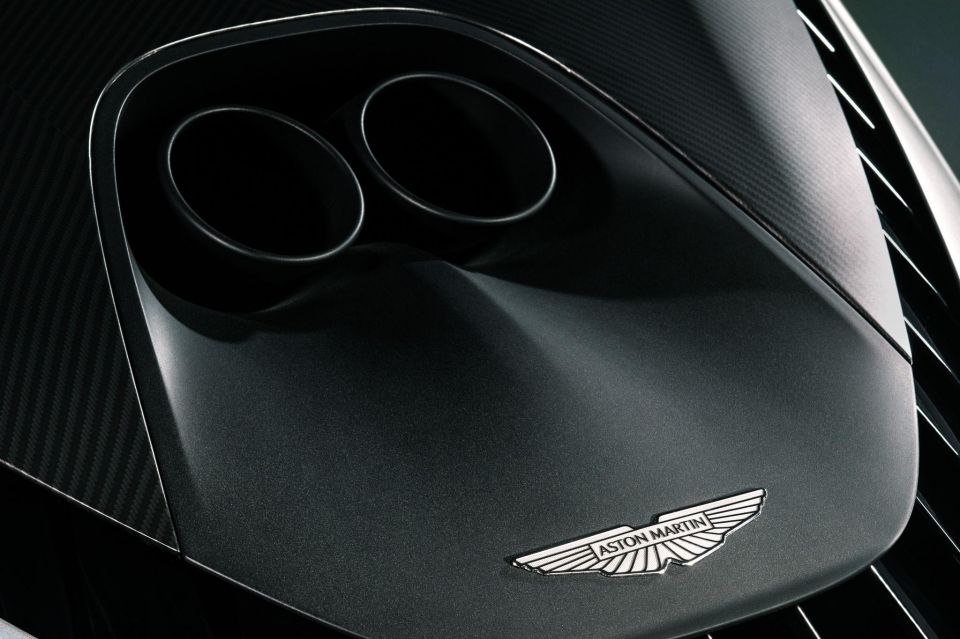
The Aston Martin Valhalla was first revealed in production form in 2021, and will rival the likes of the Ferrari SF90.
Power comes from a 4.0-litre twin-turbocharged, flat-plane-crank petrol V8 with 588kW of power, hooked up to three electric motors contributing a further 177kW to the mix.
The combined system output is 744kW of power and 1012Nm of torque. It’s claimed to do the 0-100km/h sprint in 2.5 seconds and flat out you’ll be doing 350km/h.
The Valhalla can be run in an all-electric mode as well, with a range of up to 15km at a top speed of up to 130km/h.
Where expert car reviews meet expert car buying – CarExpert gives you trusted advice, personalised service and real savings on your next new car.
Jack Quick is an automotive journalist based in Melbourne. Jack studied journalism and photography at Deakin University in Burwood, and previously represented the university in dance nationally. In his spare time, he loves to pump Charli XCX and play a bit of Grand Theft Auto. He’s also the proud owner of a blue, manual 2020 Suzuki Jimny.


Damion Smy
8 Hours Ago
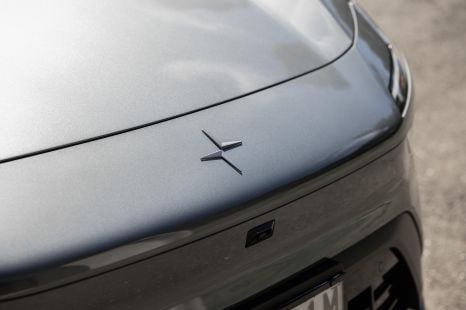

Damion Smy
9 Hours Ago


Damion Smy
10 Hours Ago


Damion Smy
13 Hours Ago


CarExpert.com.au
14 Hours Ago


Ben Zachariah
16 Hours Ago